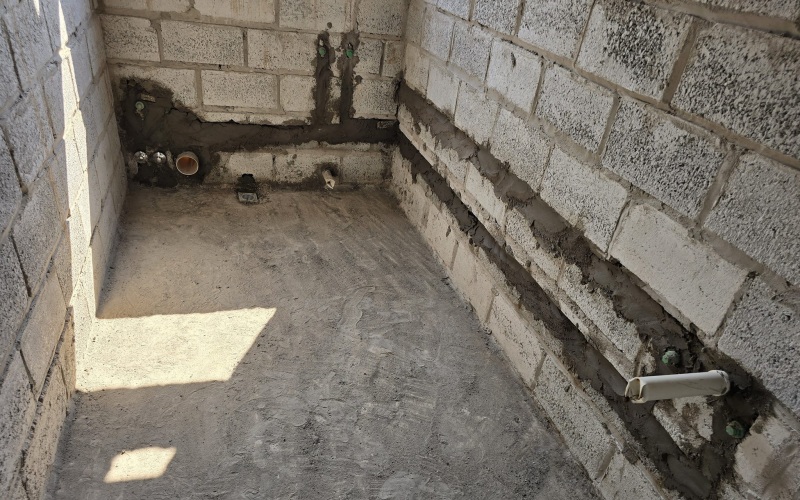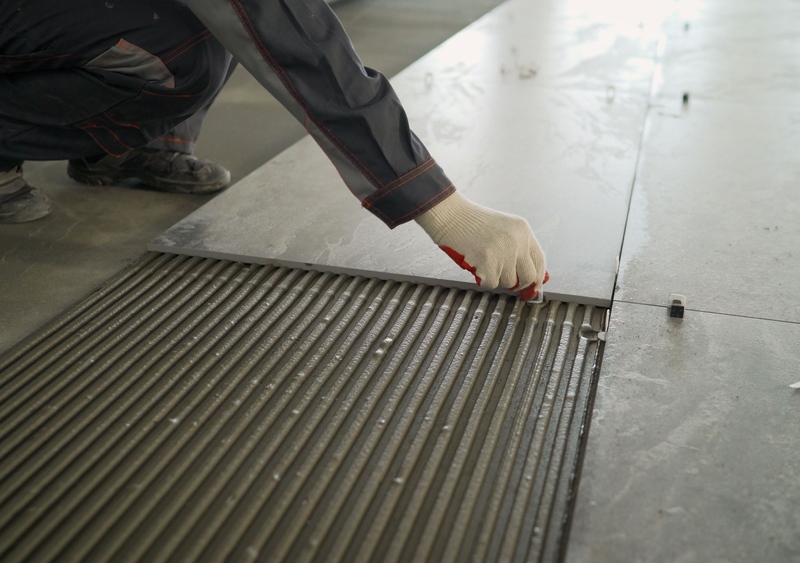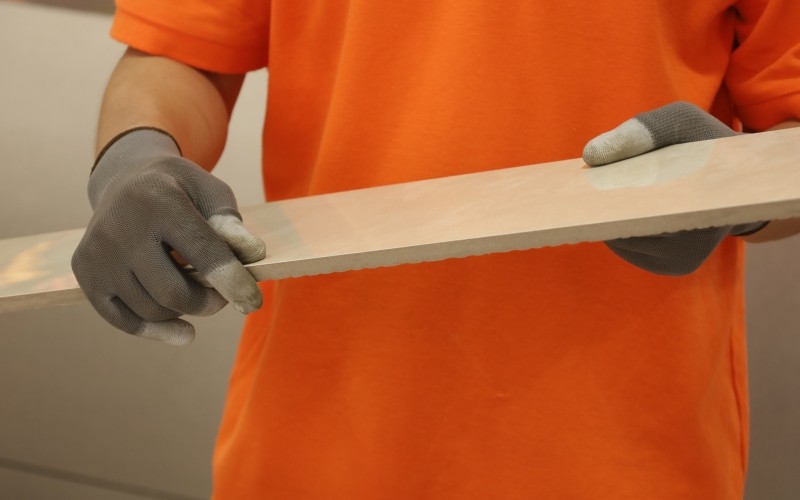-
Call Us : +86 -18815967067
-
Email Us : wandeli02172025@gmail.com
What Are You Looking For?
What Are You Looking For?
Tiling a room is a great way to change the space and add style and functionality. However, before starting a tiling project, it is necessary to determine the exact number of tiles needed to effectively cover the room. Miscalculating the number of tiles can lead to expensive waste or insufficient material, so it is crucial to calculate correctly. In this guide, we will walk you through the process of calculating the number of tiles needed in a room.
Step 1: Measure the room
The first step is to accurately measure the length and width of the room (in feet or meters). Be sure to round to the nearest whole number to address any irregularity in the shape of the room.
Step 2: Calculate the total area
Multiply the length and width of the room to determine the total area. This will allow you to figure out the total area of tile that needs to be laid.
Step 3: Determine the tile size
Tiles come in a variety of standard sizes, such as 12x12 inches, 18x18 inches or 24x24 inches. Be sure to note the tile dimensions you plan to use for your project.
Step 4: Convert tile dimensions to square feet
For ease of calculation, convert tile dimensions to square feet. For example, a 12x12 inch tile is equivalent to 1 square foot.
Step 5: Consider grout joints and spacing
When calculating the number of tiles required, it is important to consider the caulk width and spacing between tiles. Generally, caulking widths of 1/8 inch to 1/4 inch are recommended, and the spacing between tiles may vary depending on tile type and desired aesthetics.
Step 6: Calculate the number of tiles required
Divide the total area of the room by the area of each tile. This allows you to figure out the approximate number of tiles needed to cover the entire room.
Step 7: Add additional tiles
It is always best to add an extra 10-15% of tiles to the total to account for cuts, errors, and any whole tiles that need to be trimmed to fit the space.
Example calculation
Let's say your room measures 15 feet x 20 feet and you plan to use 12x12 inch tiles.
Room size: 15 feet x 20 feet = 300 square feet
Tile size: 12x12 inches = 1 square foot per tile
Tiles required: 300 square feet / 1 square foot per tile = 300 tiles
Add an extra 10-15% : 300 + (300 * 0.15) = 345 tiles
So, for this room, you need about 345 tiles to complete the project.

Common pitfalls to avoid
It is easy to make mistakes when calculating the number of tiles needed in a room. Some common mistakes include:
1. Forget to measure the room accurately: Even small measurement errors can have a significant impact on the final number of tiles.
2. Ignore irregularities in room shape: Rooms with niches, corners, or other unique features may require more tile than a simple rectangular space.
3. Underestimate the amount of waste: Tiles may need to be cut to fit fixtures or the edges of the room, resulting in more waste than expected.
4. By keeping an eye out for these potential pitfalls and following the steps outlined in this guide, you can ensure that you have the right amount of tiles to successfully complete a room tiling project.

Cut tile to fit edges
After laying the entire tile, you may need to cut the tile to fit the edges of the room and any obstructions (such as fixtures or walls). When cutting tiles, it is important to use the appropriate tools and techniques to ensure a clean, professional finish.
1. Use a tile cutter or wet saw for clean, straight cuts. For a worry-free cutting experience, consider using the TILER manual tile cutter, which is designed to be dust-free, quiet and easy to operate. The TILER cutter features a built-in marking wheel that allows you to precisely mark your cutting lines and a simple sliding system that provides a stable platform for clean, accurate cuts.
2. Carefully measure the space and mark where the tiles need to be cut. Take your time and carefully check your measurements to avoid mistakes.
3. Wear safety goggles and gloves to protect yourself during cutting.
4. Practice cutting on waste tiles first to get familiar with the cutting process. This will help you master the correct cutting techniques to ensure a clean and consistent cut.
5. When cutting tiles, it is important to use the right tools and techniques to ensure professional results. Avoid using hammers and chisels, as this can result in uneven, jagged edges. Instead, choose a high-quality tile cutter or wet saw that will give you clean, straight cuts every time.
6. If you are working with natural stone or tile, a wet saw is the best choice because it uses a continuous stream of water to cool the blade and prevent chipping or cracking. The TILER manual tile cutter is an excellent choice for cutting ceramics and tiles, as it allows you to make precise, controlled cuts without the chaos and noise that comes with power tools.
By carefully planning and executing the tile cutting process, you can ensure that the final tile surface looks seamless and visually appealing. Take the time, measure accurately, and use the right tools, and you'll end up with a beautiful, professional tile space.

